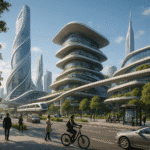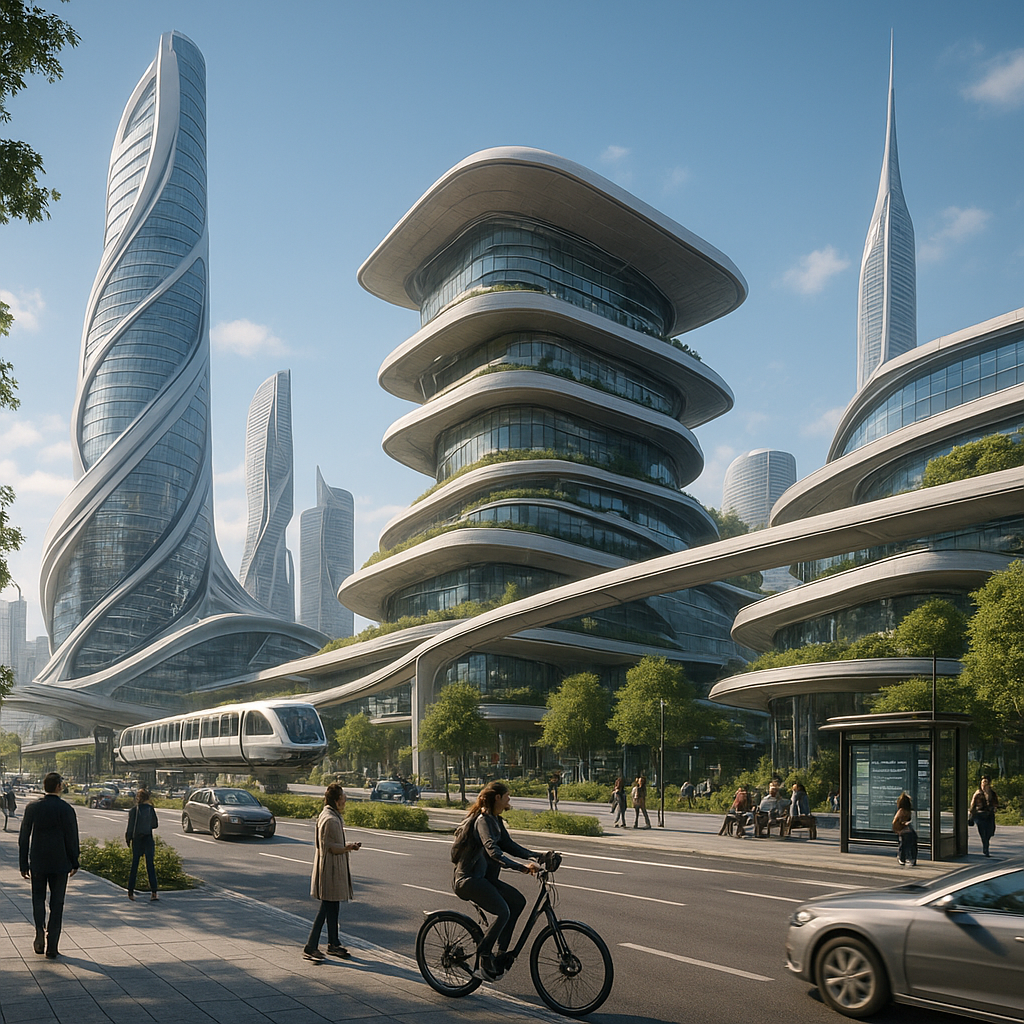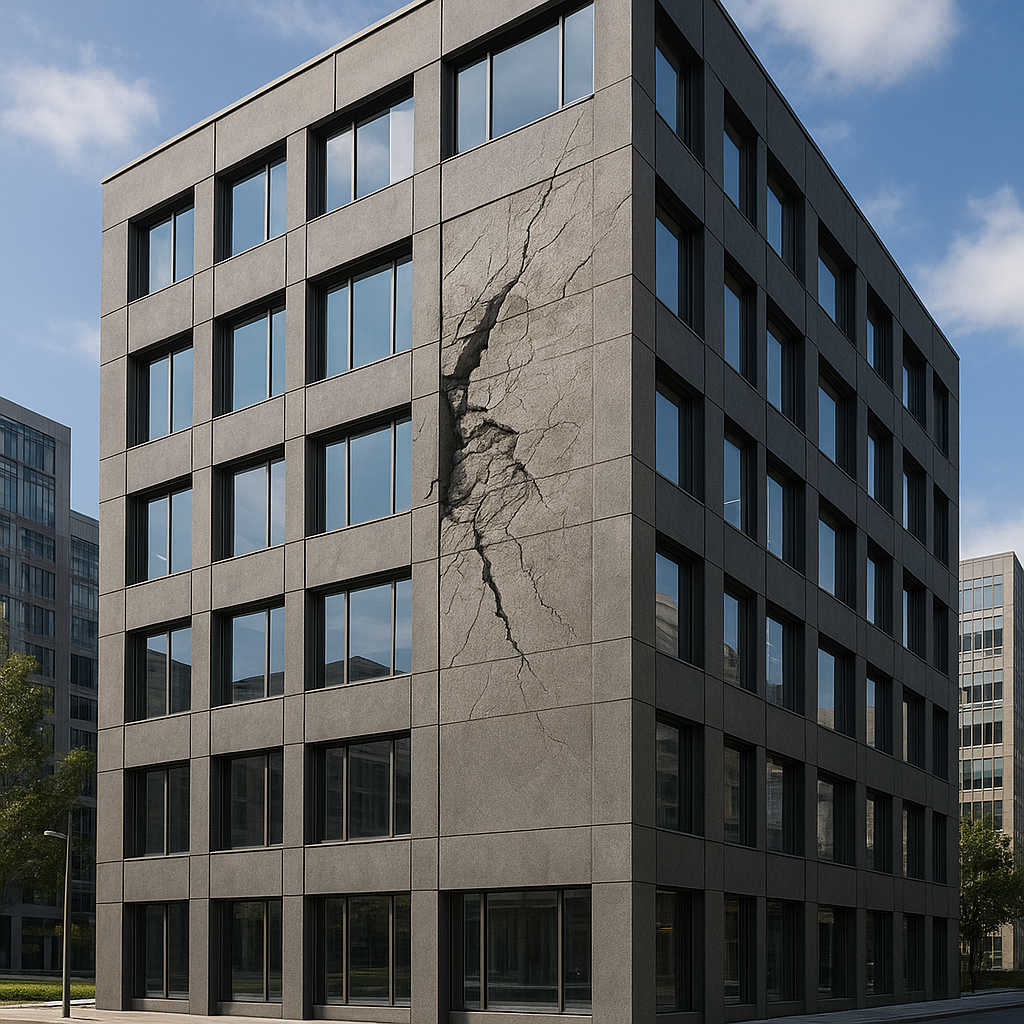As humanity sets its sights on the stars, the field of architecture is undergoing a revolutionary transformation to accommodate life beyond Earth. The concept of space habitats is no longer confined to the realm of science fiction; it is becoming a tangible reality that architects and engineers are actively exploring. This article delves into the fascinating world of futuristic architecture designed for space habitats, examining the challenges, innovations, and potential solutions that will enable humans to thrive in extraterrestrial environments.
Challenges of Designing Space Habitats
Designing habitats for space presents a unique set of challenges that differ significantly from those encountered on Earth. The harsh conditions of space, including microgravity, extreme temperatures, and high levels of radiation, require innovative architectural solutions to ensure the safety and comfort of inhabitants.
One of the primary challenges is the need to create a self-sustaining environment. In space, resources are limited, and resupply missions from Earth are costly and infrequent. Therefore, space habitats must be designed to recycle air, water, and waste efficiently. This necessitates the integration of advanced life support systems that can maintain a stable and habitable environment over extended periods.
Another significant challenge is the structural integrity of space habitats. The absence of gravity means that traditional building materials and techniques may not be suitable. Architects must consider the effects of microgravity on materials and structures, as well as the potential impact of space debris and micrometeoroids. Lightweight, durable materials such as carbon composites and advanced alloys are being explored to address these concerns.
Radiation protection is also a critical consideration in the design of space habitats. Without Earth’s atmosphere to shield them, inhabitants are exposed to higher levels of cosmic and solar radiation. Architects must incorporate protective measures, such as radiation-resistant materials and innovative shielding techniques, to minimize exposure and ensure the health and safety of residents.
Innovative Solutions and Technologies
To overcome the challenges of designing space habitats, architects and engineers are developing a range of innovative solutions and technologies. One promising approach is the use of modular construction techniques. By designing habitats as modular units, they can be easily transported and assembled in space, allowing for flexibility and scalability. This approach also enables the customization of habitats to suit specific mission requirements and environmental conditions.
3D printing technology is another groundbreaking innovation that holds great potential for space architecture. By utilizing local materials, such as lunar or Martian regolith, 3D printers can construct habitat components on-site, reducing the need for costly transportation of building materials from Earth. This technology also allows for rapid prototyping and adaptation of designs to meet the unique challenges of different extraterrestrial environments.
Biomimicry, the practice of drawing inspiration from nature, is also being explored in the design of space habitats. By studying organisms that thrive in extreme environments on Earth, architects can develop solutions that mimic these natural adaptations. For example, the structure of certain desert plants, which efficiently manage water and temperature, can inform the design of habitats that regulate internal conditions and conserve resources.
In addition to these technological innovations, architects are also considering the psychological and social aspects of living in space. The design of space habitats must promote the well-being and mental health of inhabitants, who may experience isolation and confinement during long-duration missions. Incorporating elements such as natural light, green spaces, and communal areas can help create a more comfortable and supportive living environment.
The Future of Space Architecture
As we look to the future, the development of space habitats will play a crucial role in humanity’s exploration and colonization of other planets. The lessons learned from designing and building these habitats will not only advance our understanding of architecture and engineering but also have far-reaching implications for life on Earth.
Space architecture has the potential to drive innovation in sustainable building practices, resource management, and environmental design. The technologies and techniques developed for space habitats could be adapted to address challenges on Earth, such as climate change, urbanization, and resource scarcity. By pushing the boundaries of what is possible, space architecture can inspire new ways of thinking about our built environment and our place in the universe.
In conclusion, the field of architecture is on the cusp of a new era, as we prepare to build beyond Earth. The challenges of designing space habitats are immense, but so too are the opportunities for innovation and discovery. As architects and engineers continue to explore the possibilities of living in space, they are not only shaping the future of human habitation but also redefining the very nature of architecture itself.










